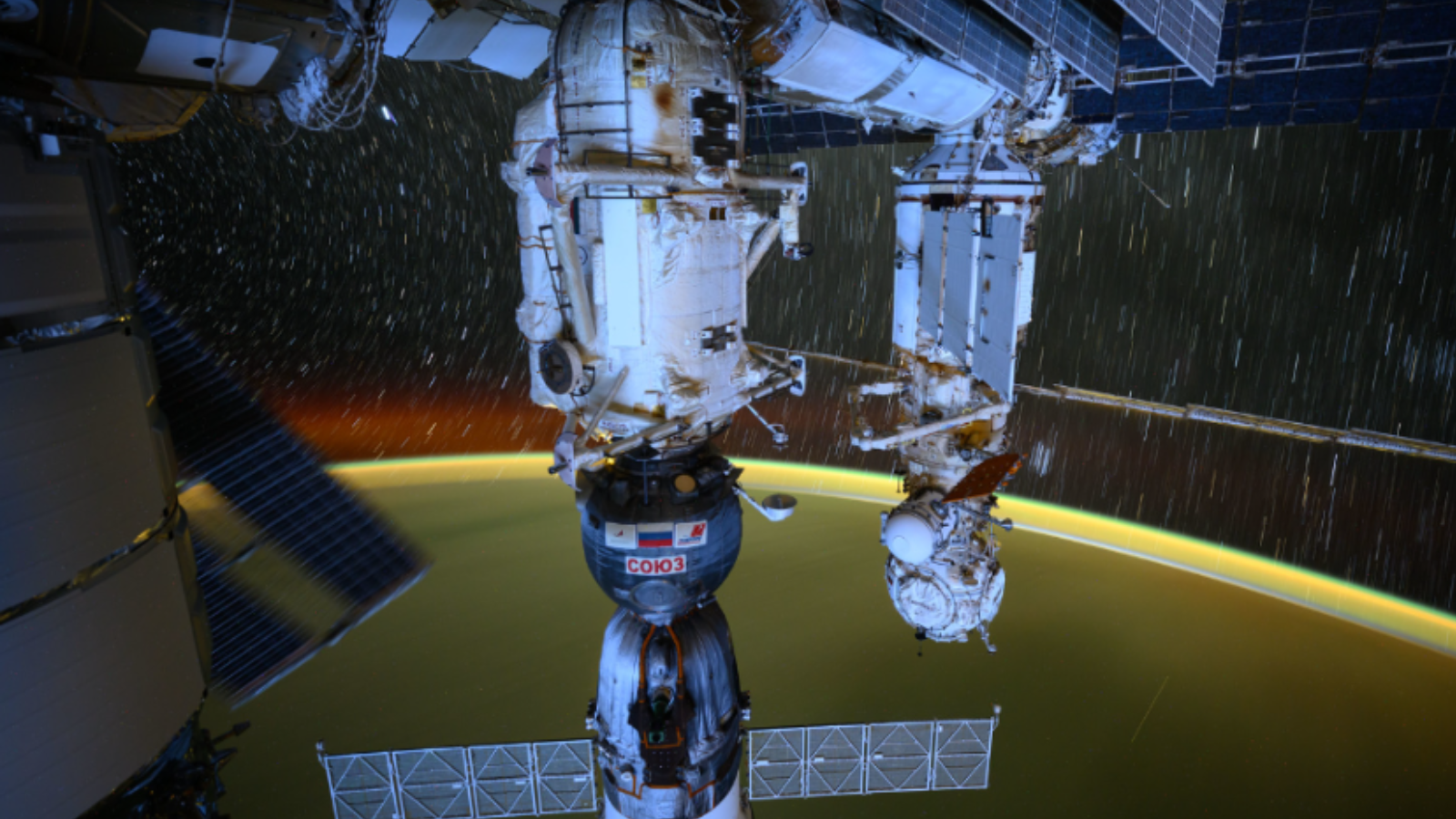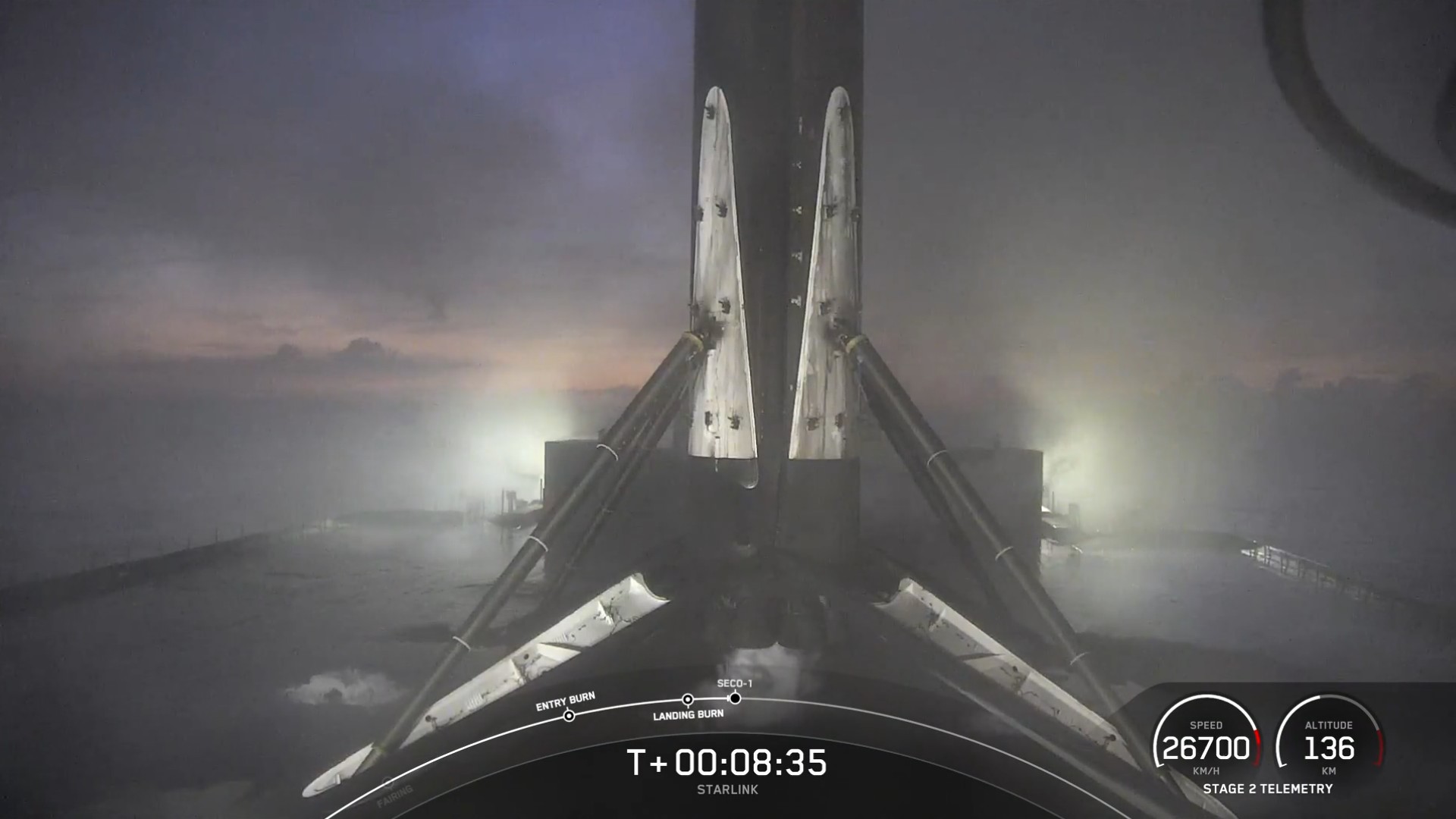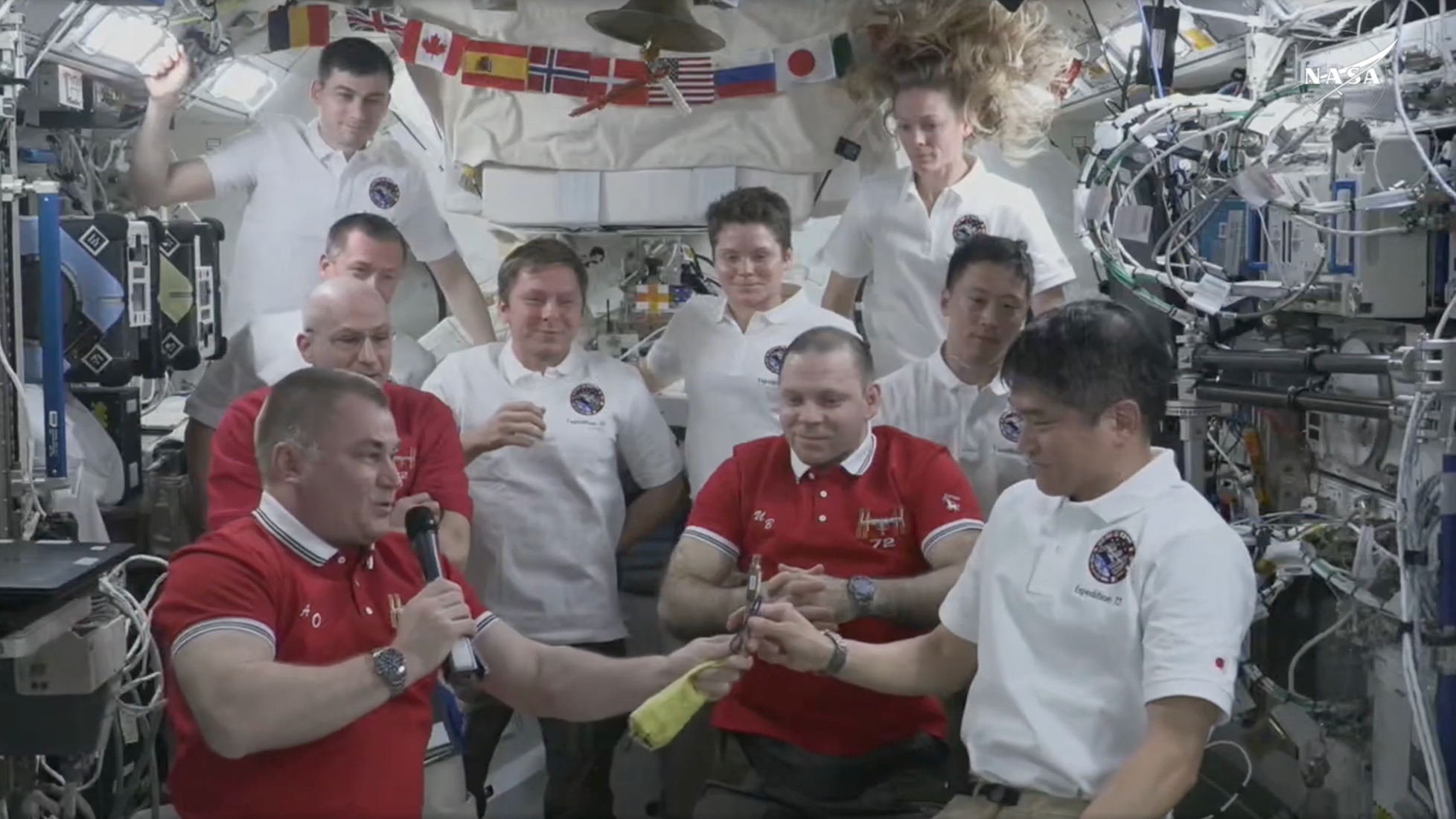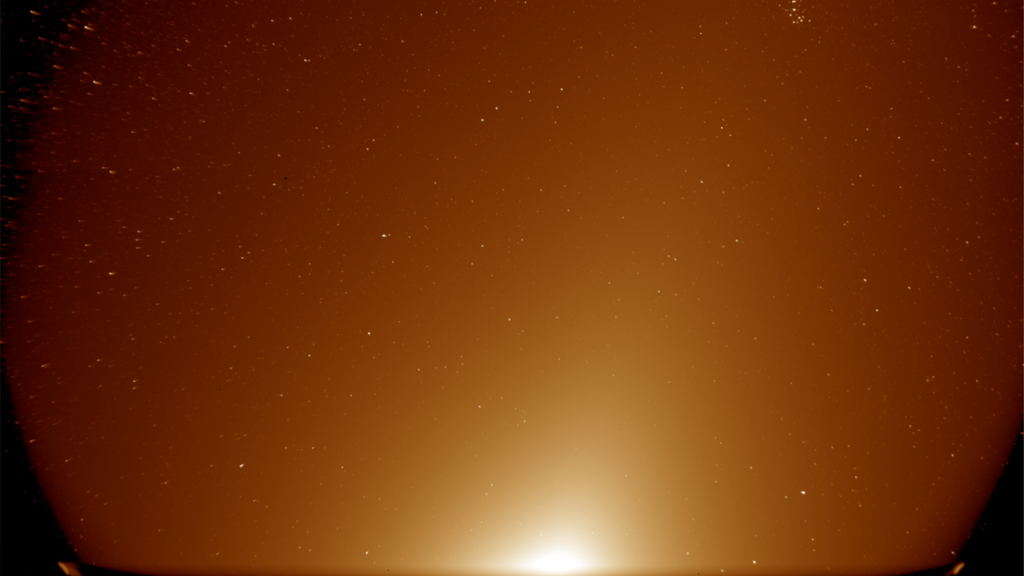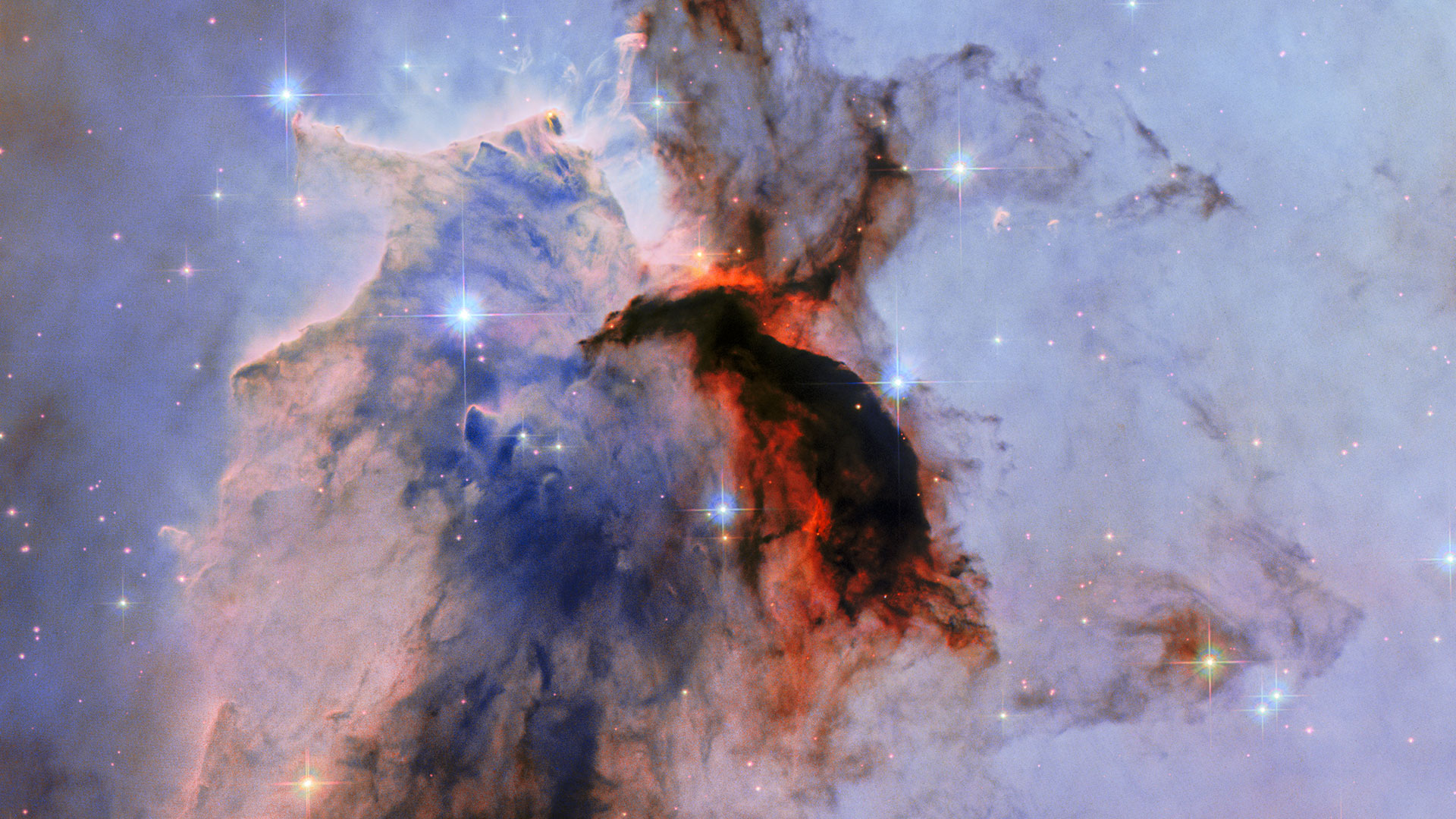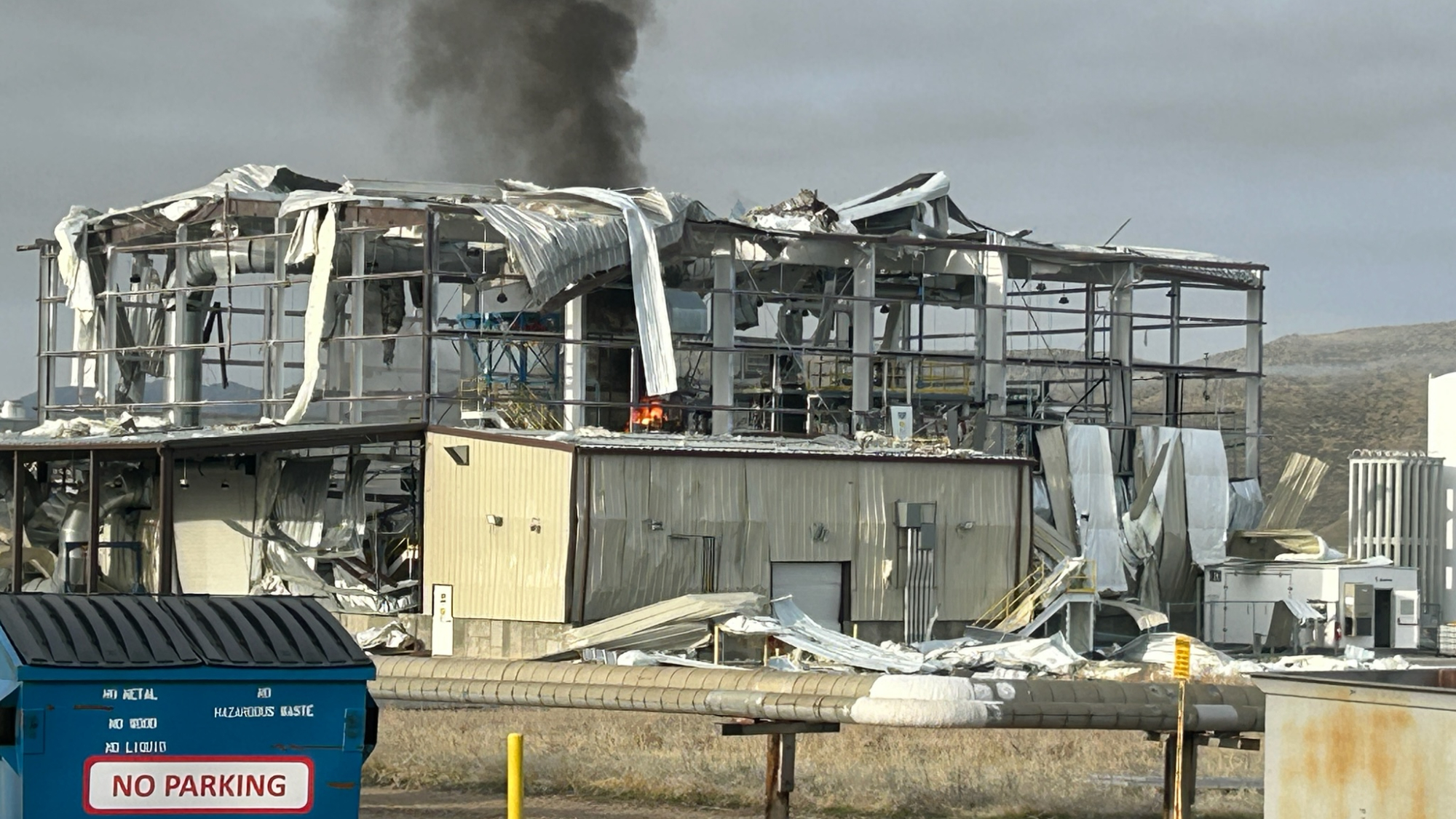Where did this extremely magnetic, dense and dead star come from? Scientists aren't quite sure
"Magnetar birth rates and formation scenarios are among the most pressing questions in high-energy astrophysics."
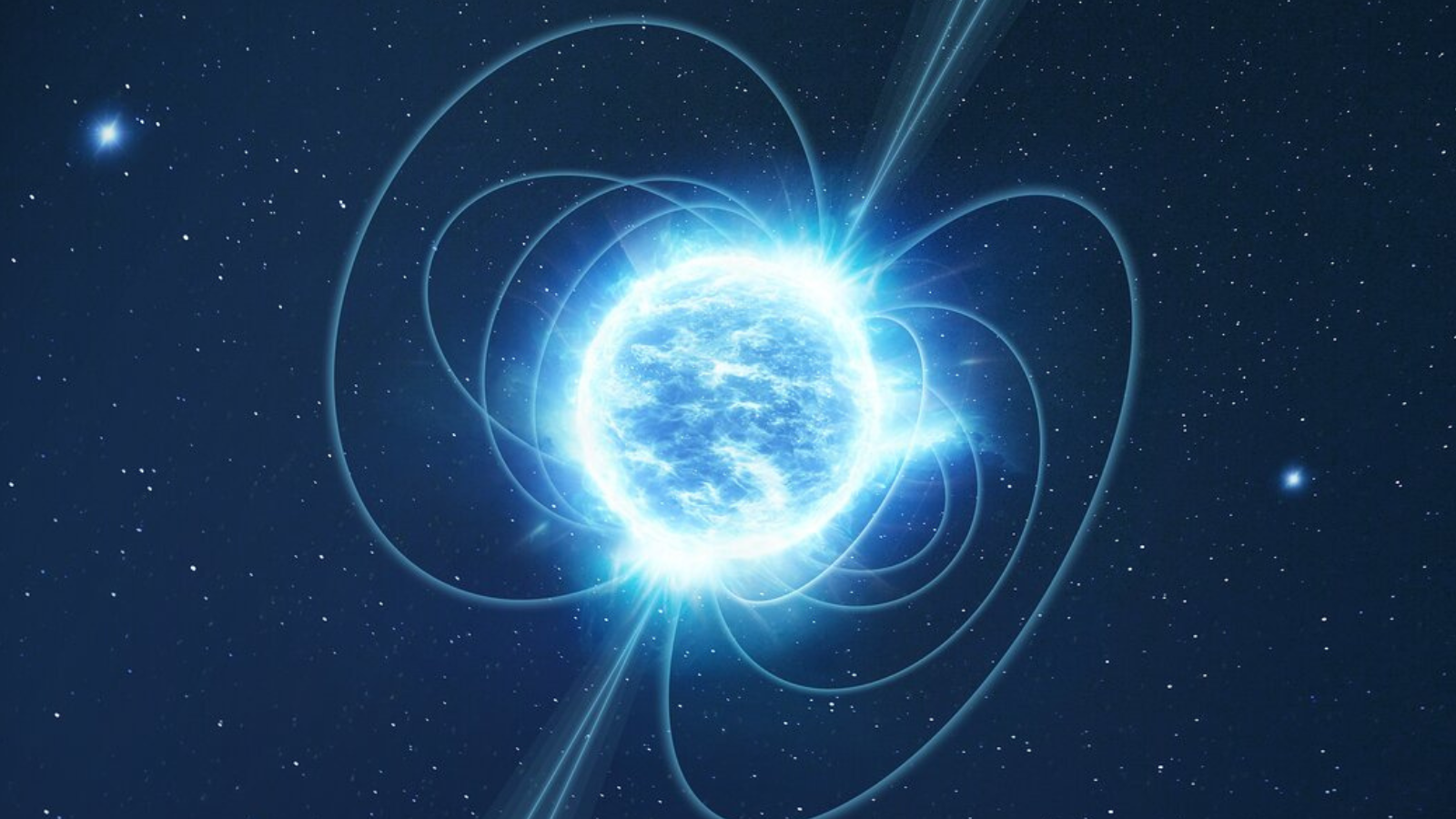
Magnetars are surrounded by the most powerful magnetic fields in the known universe, but these dead stars are also surrounded by plenty of mystery. And now, thanks to the Hubble Space Telescope and the Gaia observatory, the mystery surrounding one Milky Way magnetar, designated SGR 0501+4516, has deepened.
That's because astronomers have discovered that this magnetar, which is a special type of highly magnetic neutron star, wasn't actually born in a nearby supernova as previously theorized. Discovered via gamma-ray flashes at the edge of the Milky Way, observed by NASA's Neil Gehrels Swift Observatory in 2008, the birthplace of SGR 0501+4516 and its origins are now unknown. It is actually now the Milky Way magnetar that is most likely not to have been created in a supernova explosion.
"Magnetars are neutron stars — the dead remnants of stars, composed entirely of neutrons," team leader Ashley Chrimes of the European Space Research and Technology Centre (ESTEC) said in a statement. "They're so heavy and dense that the electrons and protons that make up atoms have been crushed together into neutrons. What makes magnetars unique is their extreme magnetic fields, billions of times stronger than the strongest magnets we have on Earth."
HB9, you are not the father!
Neutron stars are generally thought to be created when massive stars with at least eight times the mass of our sun run out of fuel they need to maintain nuclear fusion in their cores. That means the outward push of radiation pressure that has been supporting the stars against the inward push of their own gravity ceases.
As this internal battle that has raged for billions of years ends (with gravity triumphant), the core of the massive star collapses, sending shockwaves blasting into its outer layers. This triggers a "core-collapse" supernova that blows away these outer layers and most of the mass of the dying star.
The result is that what was once a star core becomes a stellar remnant with the mass of the sun crammed down in a diameter of around 12 miles (20 kilometers). The material within such a star is so dense that if a tablespoon of it were brought to Earth, it would weigh over 1 billion tons.
It is therefore little wonder that neutron stars are often considered the most extreme objects in the universe.
Get the Space.com Newsletter
Breaking space news, the latest updates on rocket launches, skywatching events and more!

SGR 0501+4516 was previously thought to be the side effect of a supernova called HB9, as the two are tantalizingly close in the sky over Earth. However, a decade of investigation with the Hubble Space Telescope cast doubt on HB9 as the birthplace of this magnetar.
This hint was chased up by the European Space Agency's (ESA) star-tracking space telescope Gaia while it was building a detailed 3D map of 2 billion stars in the Milky Way. This revealed the subtle motion of SGR 0501+4516 through the sky and the magnetar's trajectory over thousands of years.
Further analysis confirmed that SGR 0501+4516's origin could not be connected to HB9 or any other supernova remnants.
The origin story of a magnetar
There are two possible explanations for the origins of SGR 0501+4516: Either it is much older than its estimated 20,000-year age, meaning it traveled for longer and thus moved further away from a supernova remnant, or it wasn't created in a core-collapse supernova at all.
Scientists have suggested that magnetars could also be created when white dwarf stellar remnants collide. If you recall, neutron stars are the stellar remnants left behind when massive stars die. White dwarfs, conversely, are the cosmic corpses of smaller stars with masses more in line with that of the sun.
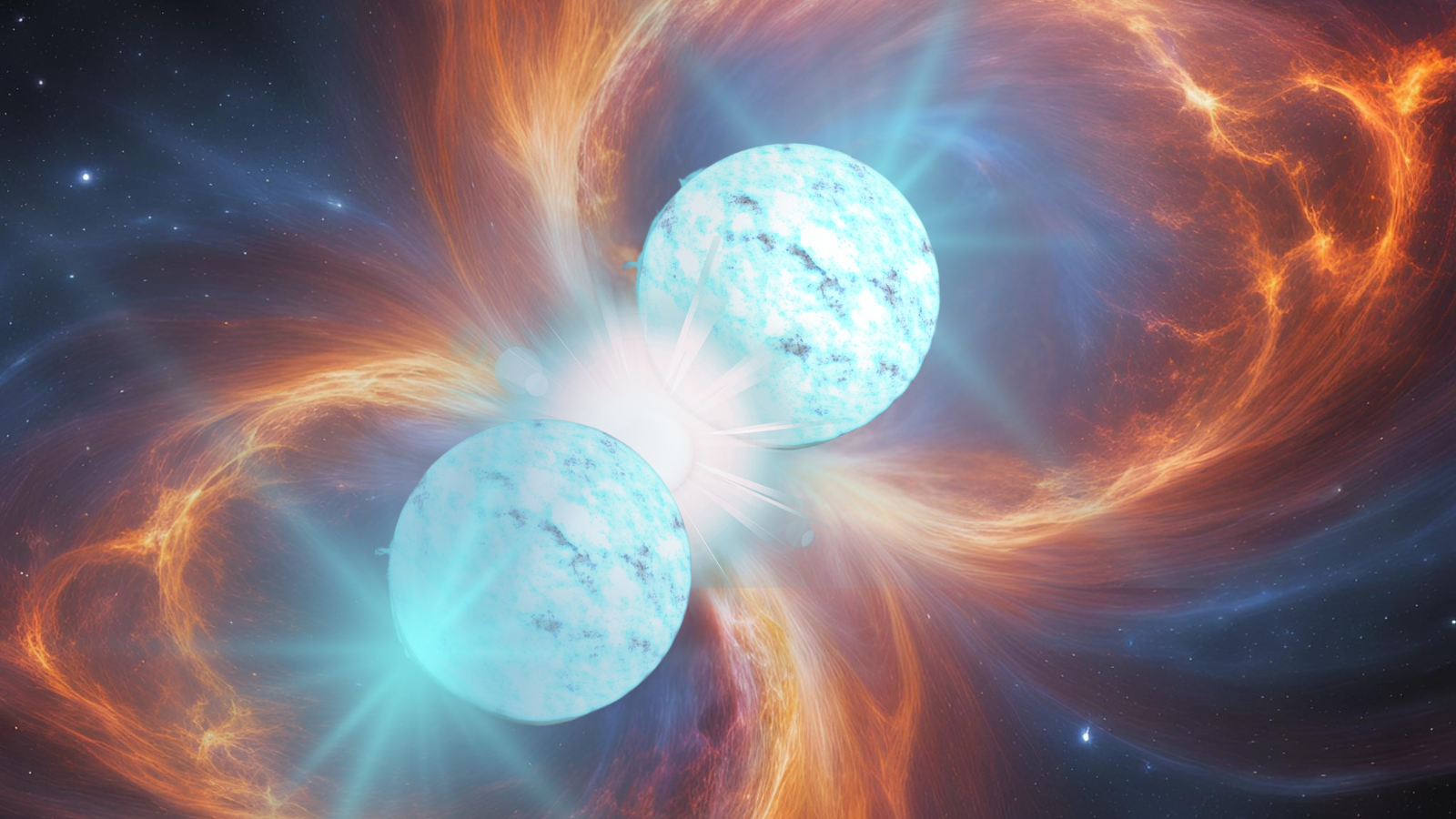
White dwarfs could also create a magnetar by ripping stellar material away from a binary companion star and pulling it to their surfaces. If this process pushes the vampire white dwarf over 1.4 times the mass of the sun — the so-called "Chandrasekhar limit, or mass limit above which a supernova can occur — then it can erupt in a supernova or undergo an "accretion-induced collapse."
A white dwarf following the latter path could create a magnetar.
"Normally, this scenario leads to the ignition of nuclear reactions, and the white dwarf exploding, leaving nothing behind. But it has been theorized that under certain conditions, the white dwarf can instead collapse into a neutron star," team member Andrew Levan of Radboud University and the University of Warwick said in the statement. "We think this might be how SGR 0501 was born."
This makes SGR 0501+4516 the best candidate for a magnetar in the Milky Way created through a merger or accretion-induced collapse. If this is the case, studying SGR 0501 could help to understand the puzzle of so-called fast radio bursts, rapid but powerful blasts of energy with currently unexplained origins.
"Magnetar birth rates and formation scenarios are among the most pressing questions in high-energy astrophysics, with implications for many of the universe’s most powerful transient events, such as gamma-ray bursts, superluminous supernovae, and fast radio bursts," team member Nanda Rea of the Institute of Space Sciences said in the statement.
The team now intends to study more magnetars with Hubble in an attempt to decode their origins.
The research was published on Tuesday (April 15) in the journal Astronomy & Astrophysics.
Join our Space Forums to keep talking space on the latest missions, night sky and more! And if you have a news tip, correction or comment, let us know at: community@space.com.

Robert Lea is a science journalist in the U.K. whose articles have been published in Physics World, New Scientist, Astronomy Magazine, All About Space, Newsweek and ZME Science. He also writes about science communication for Elsevier and the European Journal of Physics. Rob holds a bachelor of science degree in physics and astronomy from the U.K.’s Open University. Follow him on Twitter @sciencef1rst.
You must confirm your public display name before commenting
Please logout and then login again, you will then be prompted to enter your display name.
